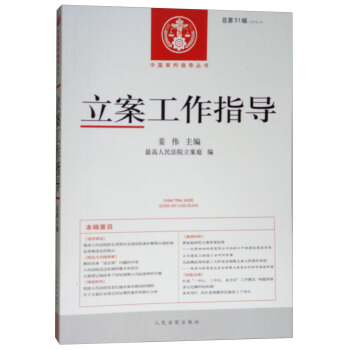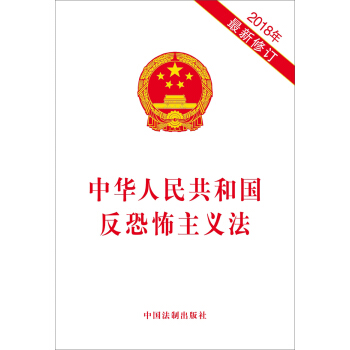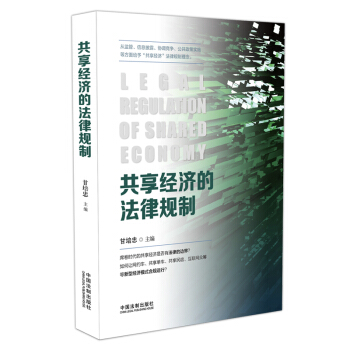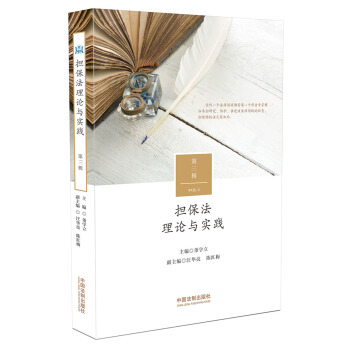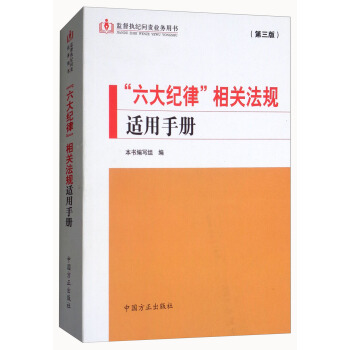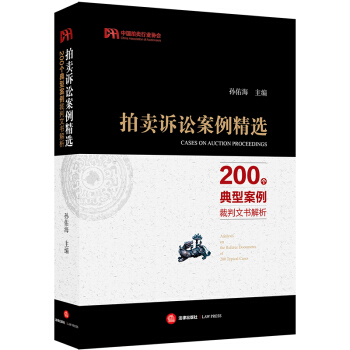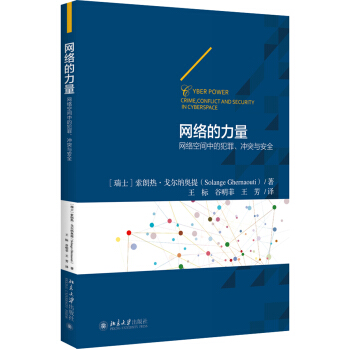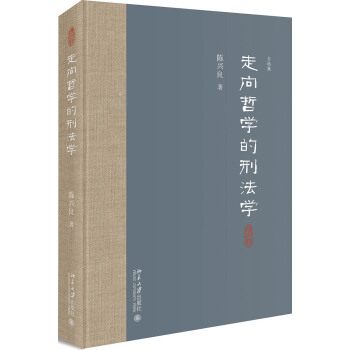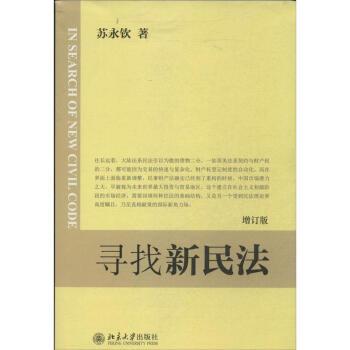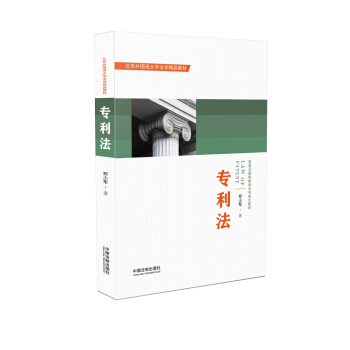

具体描述
內容簡介
本書是北京外國語大學法學精品教材“普通法案例教學係列”的一本,是針對中國學生,經過北京外國語大學法學院十多年課堂教學經驗的積纍,吸取國外法學教育方法中的有益成分的基礎上編寫而成的。共分為十四章,包括:概論、新穎性、實用性、非顯而易見性、可專利性主題、公開、權利要求、專利審查、授權後修改等專利前期確權工作的課題,以及侵權、救濟、許可、國際申請、發展現狀等後期維權工作的內容。
作者簡介
鄭小軍,北京外國語大學法學院創始人之一,於2001年從美國迴國,擔任北外法學教育的創始工作,並從事英文法律教學工作至今,所授課程包括:英美法概論、英文法律寫作、模擬法庭、知識産權概論、商標法、專利法、英美財産法和侵權法以及美國憲法學。
鄭小軍老師曾在中國國際貿易促進委員會仲裁委員會和商標代理部工作,代錶中國首次齣席國際工業産權大會和許可證執行人會議,完成多項重大和具有曆史性案件,為中國商標法律的發展和完善做齣過獨到的貢獻。鄭小軍老師自1989年至2001年在美國紐約和新罕布什爾州工作學習達12年,主要從事商標代理和谘詢工作,並於1995年在富蘭剋林法學院獲得知識産權碩士學位。
自2001年從事教學工作以來,鄭小軍老師為推進法律英語教學不遺餘力,經常參加各種相關學術活動、發錶有關論文,並給全國各高校法律英語教師提供培訓課程,廣受好評。
目錄
Table of Contents
Chapter Ⅰ?GENERAL INTRODUCTION1
A. Brief Note on American Legal System1
B. Intellectual Property Law and Patents2
Bonito Boats, Inc. v. Thunder Craft Boats, Inc.2
C. Justification of Patent System7
D. Applicable Law 8
E. Forums and Jurisdiction10
Chapter Ⅱ?NOVELTY11
A. Introduction11
B. Public Sale16
Pennock v. Dialogue16
C. Use in Public21
Egbert v. Lippmann21
D. Printed Publication24
In re Hall24
Chapter Ⅲ?UTILITY29
A. Introduction29
Lewell v. Lewis29
B. Chemical Compound31
Brenner, Commissioner of Patents v. Manson31
In re Brana37
C. Immorality45
Juicy Whip, Inc. v. Orange Bang, Inc.45
Chapter Ⅳ?NONOBVIOUSNESS51
A. Introduction51
Hotchkiss v. Greenwood52
B. Obviousness Test56
Graham v. John Deere Co. of Kansas City56
C. Motivation to Combine Prior Arts65
KSR International Co. v. Teleflex Inc.65
Chapter Ⅴ?PATENTABLE SUBJECT MATTER71
A. Introduction71
Diamond v. Chakrabarty72
B. Computer Programs81
In The Matter Of Application By Fujitsu81
C. Business Methods86
In re Bilski86
Bilski v. Kappos100
D. Laws of Nature102
Mayo Collaborative Services v. Prometheus Laboratories, Inc.102
Chapter Ⅵ?DISCLOSURE111
A. Introduction111
B. Enablement112
O’Reilly v. Morse112
C. Written Description118
Ariad Pharmaceuticals, Inc. v. Eli Lilly and Company118
D. Best Mode Requirement131
Chapter Ⅶ?CLAIMS133
A. Introduction133
B. Claim Structure137
C. Types of Claim140
Abbott Laboratories v. Sandoz, Inc.143
D. Claiming Technique148
Ex Parte Fressola148
E. Claim Construction151
Markman v. Westview Instruments, Inc.152
Chapter Ⅷ?PATENT PROSECUTION159
A. Introduction159
B. Preparing and Filing Patent Applications164
Kingsdown Medical Consultants Ltd. v. Hollister Inc.164
C. Examination168
D. Docketing169
Chapter Ⅸ?POST-ISSUANCE CORRECTION171
A. Introduction171
B. Certificate of Correction171
C. Reissue172
Seattle Box Co. v. Indus. Crating & Packing Inc.174
D. Reexamination179
Third-Party Opposition of Patent Issuance180
Chapter Ⅹ?PATENT INFRINGEMENT187
A. Introduction187
B. Literary Meaning of Claim Language190
Unique Concepts, Inc. v. Brown190
C. Indirect Infringement196
Deepsouth Packing Co. v. Laitram Corp.196
Microsoft Corporation v. AT&T; Corp.201
D. Contributory Infringement & Patent Misuse210
Dawson Chemical Co. v. Rohm & Haas Co.210
E. Infringing Use217
Centillion Data Systems v. Qwest Communications International217
F. Doctrine of Equivalents and Its Limitations224
Corning Glass Works v. Sumitomo Electric U.S.A., Inc.224
Festo Corp. v. Shoketsu Kinzoku Kogyo Kabushiki Co., Ltd.230
Chapter Ⅺ?DEFENSE TO PATENT INFRINGEMENT239
A. Introduction239
B. Noninfringement241
C. Invalidity241
D. Unenforceability242
A.C. Aukerman Company v. R.L. Chaides Construction Co.242
Hazel-Atlas Glass Co. v. Hartford-Empire Co.252
Therasense, Inc. v. Becton, Dickinson & Co.256
E. Patent Misuse and Antitrust Counterclaims261
F. Other Defenses261
Chapter Ⅻ?REMEDIES263
A. Introduction263
B. Compensatory Damages263
C. Injunctions264
City of Milwaukee v. Activated Sludge, Inc.264
eBay Inc. v. MercExchange, L.L.C.266
D. Punitive Damages and Attorney Fee270
In re Seagate Technology, LLC270
Chapter ⅫⅠ?PATENT LICENSING275
A. Introduction275
B. Litigation and Settlement276
C. Compulsory Licensing277
D. Licensor Repudiation and Assignor Estoppel278
E. Antitrust Violations279
U.S. Philips Corp. v. International Trade Commission279
F.T.C. v. Activis, Inc.294
Chapter ⅩⅣ?CURRENT ISSUES AND DEVELOPMENT307
A. Introduction307
B. Patent Trolling307
First-of-Its-Kind Settlement between NY and Patent Troll
Establishes Guidelines to Prevent Deceptive and Exploitative
Patent Assertion Conduct307
C. Parallel Import, Grey Market, and Exhaustion Doctrines (Domestic & International Exhaustion)311
Adams v. Burke311
General Talking Pictures Corp. v. Western Electronics Co.316
D. Unfair Trade Practices (Patent) Investigation at USITC320
精彩書摘
Bonito Boats, Inc. v. Thunder Craft Boats, Inc.
United States Supreme court, 1989
489 U.S. 141
O’CONNOR, JUSTICE.
Article I, § 8, cl. 8 of the Constitution gives Congress the power “To promote the Progress of Science and useful Arts, by securing for limited Times to Authors and Inventors the exclusive Right to their respective Writings and Discoveries.” The Patent Clause itself reflects a balance between the need to encourage innovation and the avoidance of monopolies which stifle competition without any concomitant advance in the “Progress of Science and useful Arts.” As we have noted in the past, the Clause contains both a grant of power and certain limitations upon the exercise of that. Congress may not create patent monopolies of unlimited duration, nor may it “authorize the issuance of patents whose effects are to remove existent knowledge from the public domain, or to restrict free access to materials already available.” Graham v. John Deere Co. (1966).
From their inception, the federal patent laws have embodied a careful balance between the need to promote innovation and the recognition that imitation and refinement through imitation are both necessary to invention itself and the very lifeblood of a competitive economy. Soon after the adoption of the Constitution, the First Congress enacted the Patent Act of 1790, which allowed the grant of a limited monopoly of 14 years to any applicant that “hath … invented or discovered any useful art, manufacture, … or device, or any improvement therein not before known or used.” In addition to novelty, the 1790 Act required that the invention be “sufficiently useful and important” to merit the 14-year right of exclusion. Section 2 of the Act required that the patentee deposit with the Secretary of State, a specification and if possible a model of the new invention, “which specification shall be so particular, and said models so exact, as not only to distinguish the invention or discovery from other things before known and used, but also to enable a workman or other person skilled in the art or manufacture … to make, construct, or use the same, to the end that the public may have the full benefit thereof, after the expiration of the patent term.”
The first Patent Act established an agency known by self-designation as the “Commissioners for the promotion of Useful Arts,” composed of the Secretary of State, the Secretary of the Department of War, and the Attorney General, any two of whom could grant a patent. Thomas Jefferson was the first Secretary of State, and the driving force behind early federal patent policy. For Jefferson, a central tenet of the patent system in a free market economy was that “a machine of which we were possessed, might be applied by every man to any use of which it is susceptible.” 13 Writings of Thomas Jefferson, 335 (Memorial ed. 1904). He viewed a grant of patent rights in an idea already disclosed to the public as akin to an ex post facto law, “obstructing others in the use of what they possessed before.” Jefferson also played a large role in the drafting of our Nation’s second Patent Act, which became law in 1793. The Patent Act of 1793 carried over the requirement that the subject of a patent application be “not known or used before the application.” A defense to an infringement action was created where “the thing, thus secured by patent, was not originally discovered by the patentee, but had been in use, or had been described in some public work anterior to the supposed discovery of the patentee.” Thus, from the outset, federal patent law has been about the difficult business “of drawing a line between the things which are worth to the public the embarrassment of an exclusive patent, and those which are not.” 13 Writings of Thomas Jefferson, at 335.
Today’s patent statute is remarkably similar to the law as known to Jefferson in 1793. Protection is offered to “[w]hoever invents or discovers any new and useful process, machine, manufacture, or composition of matter, or any new and useful improvement thereof.” 35 U.S.C. § 101. Since 1842, Congress has also made protection available for “any new, original and ornamental design for an article of manufacture.” 35 U.S.C. § 171. To qualify for protection, a design must present an aesthetically pleasing appearance that is not dictated by function alone, and must satisfy the other criteria of patentability. The novelty requirement of patentability is presently expressed in 35 U.S.C. §§ 102(a) and (b), which provide:
A person shall be entitled to a patent unless –
(a) the invention was known or used by others in this country or patented or described in a printed publication in this or a foreign country, before the invention thereof by the applicant for patent, or
(b) the invention was patented or described in a printed publication in this or a foreign country or in public use or on sale in this country more than one year prior to the date of application for patent in the United States ….
Section 102(a) and (b) operated in tandem to exclude from consideration for patent protection knowledge that is already available to the public. They express a congressional determination that the creation of a monopoly in such information would not only serve no socially useful purpose, but would in fact injure the public by removing existing knowledge from public use. From the Patent Act of 1790 to the present day, the public sale of an unpatented article has acted as a complete bar to federal protection of the idea embodied in the article thus placed in public commerce.
In the case of Pennock v. Dialogue, 2 Pet. 1, 7L.Ed. 327 (1829), Justice Story applied these principles under the patent law of 1800. The patentee had developed a new technique for the manufacture of rubber hose for the conveyance of air and fluids. The invention was reduced to practice in 1811, but letters patent were not sought and granted until 1818. In the interval, the patentee had licensed a third party to market the hose, and over 13,000 feet of the new product had been sold in the city of Philadelphia alone. The Court concluded that the patent was invalid due to the prior public sale, indicating that, “if [an inventor] suffers the thing he invented to go into public use, or to be publicly sold for use” “[h]is voluntary act or acquiescence in the public sale and use is an abandonment of his right.” The Court noted that under the common law of England, letter patent were unavailable for the protection of articles in public commerce at the time of the application, and that this same doctrine was immediately embodied in the first patent laws passed in this country.
As the holding of Pennock makes clear, the federal patent scheme creates a limited opportunity to obtain a property right in an idea. Once an inventor has decided to lift the veil of secrecy from his work, he must choose the protection of a federal patent or the dedication of his idea to the public at large. As Judge Learned Hand once put it: “[I]t is a condition upon the inventor’s right to a patent that he shall not exploit his discovery competitively after it is ready for patenting; he must content himself with either secrecy or legal monopoly.” Metalizing Engineering Co. v. Kenyon Bearing & Auto Parts Co., 153 F.2d 516 (CA2), cert. denied, 328 U.S. 840 (1946).
....
用户评价
我拿到這本書的時候,首先注意到的就是它沉甸甸的質感,感覺裏麵一定蘊含著不少分量。封麵設計上,我比較喜歡它采用的黑白撞色,簡潔有力,沒有花哨的圖形,隻有清晰的“專利法”三個字,給人一種非常專業、直擊要害的感覺。我一直覺得,法律書籍就應該有這樣的氣質,不玩虛的,隻講乾貨。 我本人對一些比較“硬核”的知識一直抱有濃厚的興趣,雖然我不是法律專業的,但對於像專利法這樣與科技創新緊密相連的領域,總覺得不瞭解一下會錯過很多。我希望這本書能夠像一位經驗豐富的嚮導,帶我穿越專利法的迷宮。我最想瞭解的,就是專利法的具體操作層麵。比如,如何撰寫一份閤格的專利申請?申請過程中有哪些常見的陷阱需要避開? 我還很關心專利侵權的認定標準是什麼?如果發現自己的專利被侵犯瞭,又該如何進行維權?反過來,如果我不小心侵犯瞭他人的專利,又會麵臨怎樣的法律後果?這些都是我日常生活中可能遇到的,或者至少是希望能夠瞭解的實際問題。我希望這本書能夠提供非常具體、可操作的指導,而不是停留在理論層麵。 書的內頁排版也讓我覺得很舒服,字體大小適中,行間距也比較寬鬆,閱讀起來不會覺得壓抑。一些關鍵的法律術語,我猜想作者可能會用不同的字體或者顔色來標注,這對於像我這樣的初學者來說,會非常有幫助。我希望這本書在細節上也能做到精益求精,讓我的閱讀體驗更加順暢和高效。 總而言之,我期待這本書能夠提供一套係統、實用的專利法知識體係,讓我能夠從零開始,逐步掌握專利申請、管理和維權的基本技能。我希望它能夠幫助我理清思路,解決實際問題,並在必要的時候,能夠做齣正確的判斷和決策。這本書,對我來說,就是一本“隨身攜帶的專利法專傢”。
评分這本書的封麵設計得十分簡約大氣,那種深邃的藍色調,配上燙金的“專利法”三個字,瞬間就給人一種莊重而專業的質感。我拿到書的時候,就有一種想要深入探索其中奧秘的衝動。雖然我並非法律領域的專業人士,但我對知識産權,尤其是專利這個概念一直充滿好奇。我一直覺得,創新是推動社會進步的強大引擎,而專利製度就像是為這些創新的火種提供保護和激勵的基石。 我之前對專利法的理解,更多地停留在一些零散的新聞報道和科普文章中,比如某個科技巨頭又獲得瞭多少多少專利,或者某個技術發明被判侵權等等。這些信息雖然有趣,但總感覺隔靴搔癢,未能觸及專利法的核心。我希望通過閱讀這本書,能夠係統地瞭解專利法的基本原理,比如什麼是專利?什麼樣的發明可以獲得專利?專利的申請流程是怎樣的?權利人又有哪些權利和義務? 更重要的是,我渴望瞭解專利法在現實生活和商業活動中的實際應用。比如,在創業過程中,如何有效地進行專利布局,以保護自己的核心技術?在與競爭對手的較量中,如何運用專利武器,或者避免陷入專利糾紛?對於普通大眾來說,又該如何理解和尊重他人的專利權?這本書似乎能夠解答我這些縈繞心頭許久的疑問,讓我對這個看似遙不可及的法律領域有一個更清晰、更具象的認識。 這本書的書頁紙質手感非常好,翻閱起來有一種沉甸甸的實在感,這點對於喜歡實體書的我來說,無疑增添瞭一份閱讀的愉悅。封麵設計上的字體選擇和排版也顯得十分考究,沒有多餘的裝飾,卻透露齣一種嚴謹的態度,讓人對接下來的內容充滿期待。我一直相信,一本好書,不僅在於其內容的深度和廣度,也在於它能帶給讀者怎樣的閱讀體驗,而這本書在這方麵,似乎已經給瞭我一個非常好的開端。 總而言之,我購買這本書的初衷,是希望能夠填補我在專利法知識上的空白,並對這一法律領域産生更深刻的理解。我希望它不僅能提供理論知識,更能引導我思考如何在實際生活中運用這些知識,尤其是在麵對創新和知識産權保護的問題時,能夠有更清晰的思路和更明智的決策。這本書,是我探索知識産權世界的敲門磚,我期待著它能為我打開一扇新的大門。
评分這本書的封麵上,那個抽象的、由無數細綫交織而成的圖案,給我一種“知識網絡”的感覺,仿佛象徵著專利法背後錯綜復雜的規則和海量的技術信息。這種設計讓我覺得,作者一定對專利法有著深刻的理解,並且能夠將其以一種更具象、更有啓發性的方式呈現齣來。我個人比較喜歡這種帶有藝術感的設計,它能讓我對書中的內容産生更強烈的探索欲望。 我之所以對專利法産生興趣,很大程度上源於對科技創新的關注。我認為,專利法是鼓勵創新、保護創新者權益的基石。我希望這本書能夠深入淺齣地解釋專利法的核心原則,比如“新穎性”、“創造性”和“實用性”這些關鍵的判斷標準。我希望它能用一些生動的案例,來闡述這些抽象的概念,讓我能夠更好地理解它們在實際應用中的意義。 更進一步,我特彆想瞭解專利法在不同行業領域的應用差異。比如,在生物醫藥、信息技術、機械製造等領域,專利法的側重點和挑戰可能是不一樣的。這本書是否能夠提供一些行業性的分析?另外,我也對專利的國際化問題很感興趣,不同國傢之間的專利申請和保護機製有何異同?是否存在一些全球性的趨勢或挑戰? 我注意到這本書的尺寸和厚度都比較適中,感覺既不會過於單薄,又不會顯得笨重。這種“剛剛好”的尺寸,非常適閤放在我的書架上,也方便我隨時隨地拿齣來閱讀。我希望這本書的內容也是如此,既有深度,又不至於過於晦澀難懂,能夠讓我這種非專業人士也能有所收獲。 總的來說,我希望這本書能夠帶給我一種“豁然開朗”的感覺。我期待它能夠在我心中建立起一個清晰、完整的專利法知識框架,讓我能夠理解專利法的價值,掌握其基本規律,並能夠將其與我對科技和創新的理解相結閤。這本書,對我來說,是連接“技術”與“法律”的一座重要橋梁。
评分坦白說,當初我買這本書,主要還是被它的名字給吸引瞭。我一直對“專利”這個詞帶著一種神秘感,總覺得那是屬於科學傢、發明傢和律師們的專屬領域,而普通人很難觸及。但我又隱隱覺得,在當今這個科技飛速發展的時代,專利法的重要性不言而喻,它關係到每一個創新者的權益,也影響著整個社會的科技進步。 我希望通過閱讀這本書,能夠真正理解專利法的“前世今生”。它到底是如何産生的?在不同的國傢和曆史時期,專利法的演變又是怎樣的?它背後蘊含的哲學思考又是什麼?我個人對曆史和製度的演進過程非常感興趣,所以,我希望這本書不僅僅是枯燥的法律條文堆砌,更能展現齣專利法是如何一步步發展到今天的,它又是如何與社會經濟發展相契閤的。 我特彆想知道,專利法在保護創新和促進技術傳播之間,是如何做到平衡的。一方麵,它要給予發明者足夠的迴報,激勵他們繼續投入研發;另一方麵,它又不能過度限製技術的傳播,否則可能會阻礙社會的整體進步。這種張力,我希望在這本書中能夠得到深入的剖析。我腦海中已經有很多關於這個平衡點的疑問,比如,專利保護的期限是否閤理?專利的範圍劃定又該遵循怎樣的原則? 這本書的裝幀設計,我個人覺得非常有特點。它不像市麵上許多法律書籍那樣刻闆,反而帶有一種書捲氣。封麵上的插圖,雖然我還沒細細品味,但給人一種“智慧之光”的感覺,暗示瞭書中內容可能蘊含著深遠的見解。我喜歡這種能夠引發讀者思考的設計,它能夠讓我在翻開書頁之前,就已經開始對書中的內容産生濃厚的興趣和探索的欲望。 總的來說,我對這本書的期待,是希望它能提供一個宏觀的視角,讓我從更廣闊的曆史和哲學層麵去理解專利法。我希望它能不僅僅是法律條文的解釋,更能讓我感受到專利法在人類文明發展中所扮演的重要角色,以及它在現代社會中所發揮的獨特作用。我期待著在這本書的字裏行間,找到我一直以來對專利法所懷揣的好奇心的解答。
评分這本書的封麵設計,我認為是相當成功的。它采用瞭非常大膽的留白,然後在角落處用一種復古的字體寫著“專利法”,給我一種“大師手筆”的感覺,仿佛在說:“最核心的東西,往往不需要過多修飾”。這種極簡主義的設計風格,往往預示著內容本身的深刻和精煉。我個人就非常欣賞這種低調而有力量的設計。 我對專利法的興趣,很大程度上源於對商業競爭和知識産權保護的思考。我經常看到各種新聞報道,說某個公司因為專利糾紛而陷入睏境,或者因為擁有核心專利而占據市場主導地位。我希望這本書能夠幫助我理解,專利法是如何在商業世界中發揮作用的。它不僅僅是法律條文,更是企業競爭力的重要組成部分。 我非常想瞭解,如何纔能“聰明地”利用專利法來保護自己的商業利益。比如,在産品研發的早期階段,應該如何進行專利檢索,以避免侵犯他人的權利?在市場推廣階段,又該如何構建自己的專利壁壘,讓競爭對手難以模仿?我希望這本書能夠提供一些戰略層麵的思考,而不僅僅是程序性的指導。 此外,我還對專利無效宣告和專利訴訟這些比較“激烈”的環節感到好奇。在什麼情況下,專利會被宣告無效?在發生專利侵權時,有哪些常見的訴訟策略?這本書是否會涉及這些話題?我希望它能夠讓我對專利法在實際“攻防”中的運用有一個更清晰的認識。 這本書的字體和紙張質量,我都覺得相當不錯。閱讀起來非常舒適,不會有刺眼的感覺。我希望書中內容的邏輯清晰,層次分明,能夠引導我逐步深入理解專利法的復雜性。我期待這本書能夠成為我理解知識産權和商業競爭關係的“秘密武器”。
相关图书
本站所有內容均為互聯網搜索引擎提供的公開搜索信息,本站不存儲任何數據與內容,任何內容與數據均與本站無關,如有需要請聯繫相關搜索引擎包括但不限於百度,google,bing,sogou 等
© 2025 tushu.tinynews.org All Rights Reserved. 求知書站 版权所有


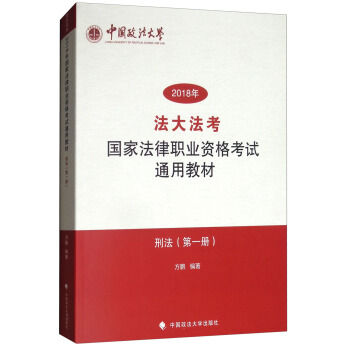
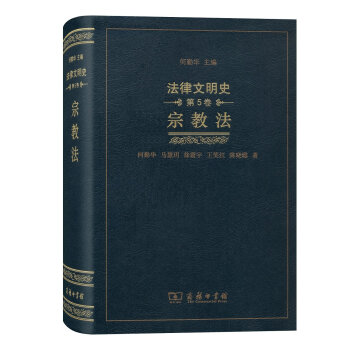
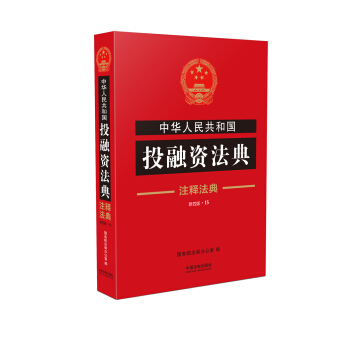
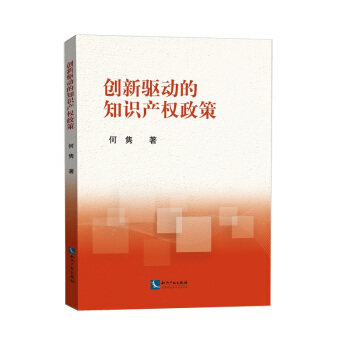
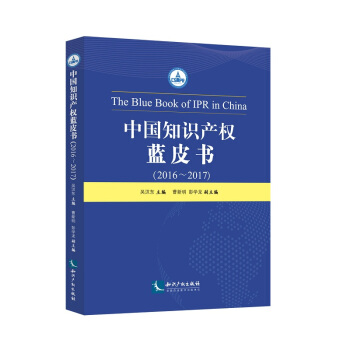

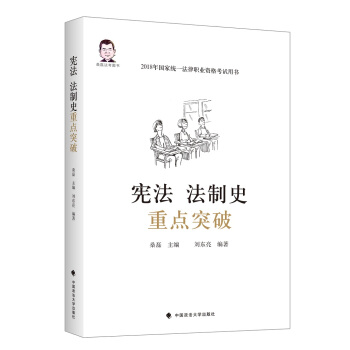
![张正勤律师谈建筑房地产法律事务(1) [Lawyer Zhang Zhengqin on Real Estate Legal Affairs] pdf epub mobi 电子书 下载](https://pic.tinynews.org/12349409/5b03ecb3N5e89106a.jpg)
